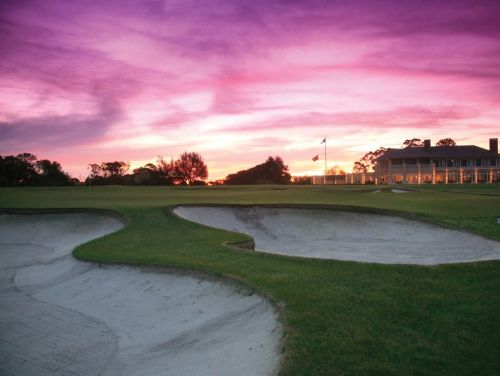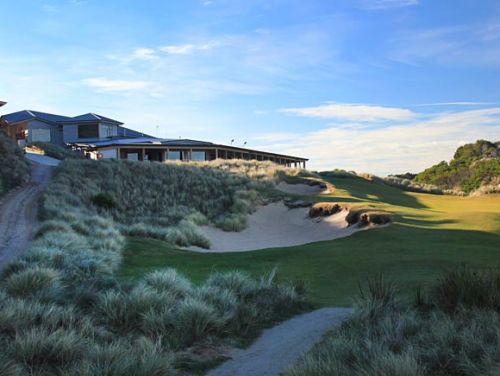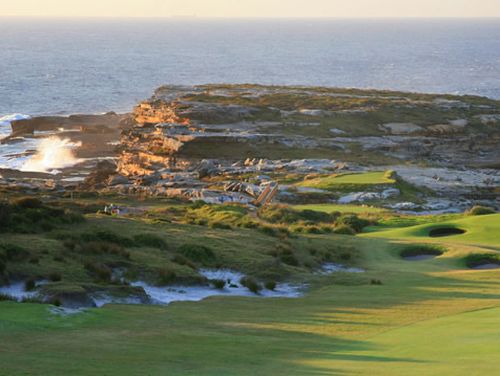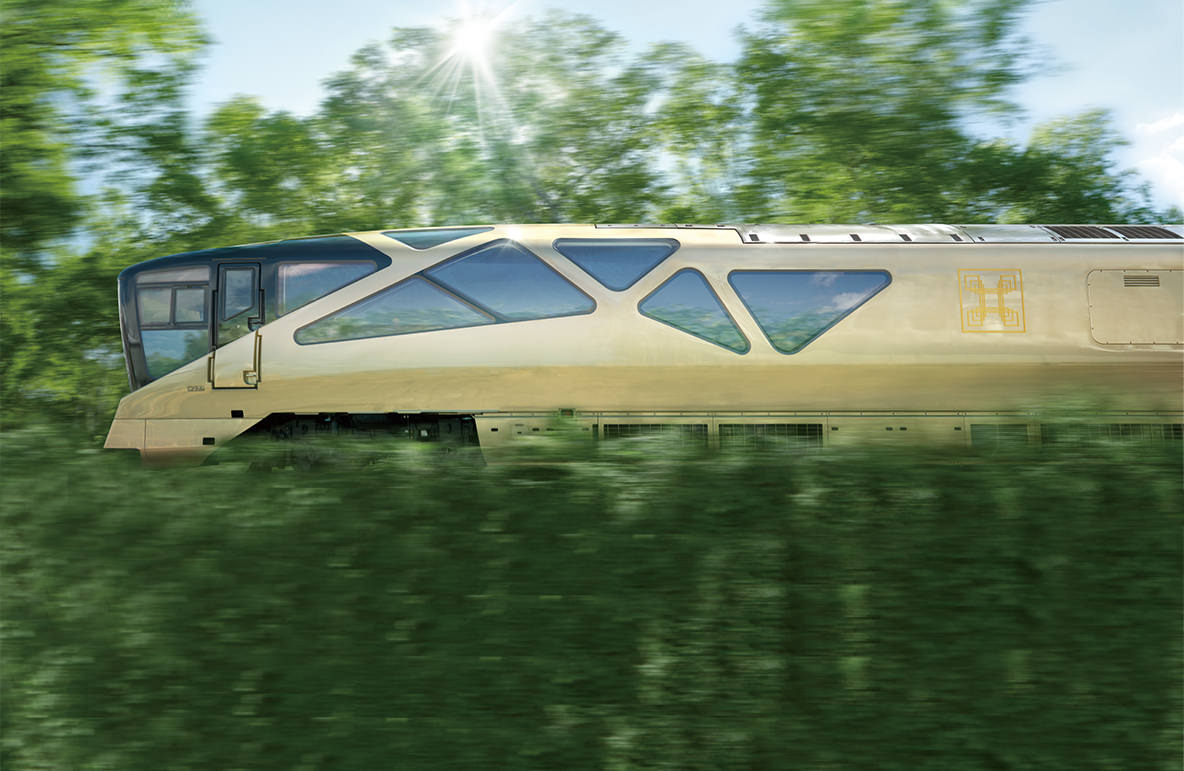The Slideshow of Luxovis and World Class Luxury
Scroll Position Contacts
The Contacts of the luxury item
Contacts
|
Golf & Sport
|
||

|
The Victoria Golf Club
Type: Golf Location: 3192, Cheltenham, Victoria, Australia Address: Park Road |
|
|
Golf & Sport
|

|
|
The Victoria Golf Club
Type: Golf Location: 3192 Cheltenham Address: Park Road |
Scroll Position Overview
Overview of the luxury item
Overview
The original course at Fisherman’s Bend was relocated in 1926 to its present 128acre site in bayside Cheltenham, on the now world renown, Melbourne ‘sandbelt’. The course was ideally positioned just a short walk from Cheltenham railway station which was a great convenience for many members as few owned cars in those early days.
history2
Stanley Bruce – 14 May 1927
Famed golf course architect Alister MacKenzie was commissioned during his 1926 Australian visit to the neighboring Royal Melbourne Golf Club to add to the unfinished aspects of Billy Meader and Club Captain, Oscar Damon’s design. Kingston Heath Golf Club also used MacKenzie’s services in a similar way. Club curator Frank Lennox built the initial aspects of the course to which Mackenzie commented that “Little more is required to make this a magnificent golf course”.
The course opened for play on the 14th of May 1927 when the Prime Minister of the day, Stanley Bruce struck the opening ball in front of a 1000 strong crowd that included Club President and former leader of the Victorian Legislative Council, William Lawrence Baillieu. Lord Bruce, who later became the first Australian Captain of The Royal and Ancient Golf Club of St. Andrews, hit an excellent tee shot into a howling gale on the first hole. His straight drive was overlooked by the magnificent historic clubhouse that majestically still stands today.
The clubhouse described by The Chairman of the Victorian Golf Association as “the most beautiful clubhouse in the Commonwealth” was conveniently sited on the west side of the course nearer to Cheltenham thus reserving the best land of Battery Point for golf and views from the most elevated position on the course. The views in those early days stretched well over Port Phillip Bay.
Mackenzie’s design suggestions were in fact incorporated into at least 9 holes on the new course. His plans dramatically created all the strategic bunkering lining the course, giving it the aesthetically distinctive character that is so stunning today. Royal Melbourne’s original green keeper Mick Morcom and his son Vern Morcom skillfully implemented and built over 100 MacKenzie bunkers which are of some of the finest designs in the world of golf. These design constructions were essentially completed by 1935.
In the years that followed a combination of cost reducing maintenance saw some of the bunkers deliberately filled in during the period between 1936 and 1945. The Army’s occupation and use of the course for ‘manoeuvres’ during the war years also contributed to the overall decline of the course bunkers. After this, no significant attempt was made to fully restore the lost features until architect Mike Clayton, with the assistance of a 1936 aerial photograph, faithfully restored the distinctive ‘sandbelt’ bunkers to their original glory. The ongoing restoration, which commenced in 1996, has also endeavored to bring back the native vegetation and other indigenous aspects of the area.
The original land was described by early club member, Bob Hancock in 1924 as “absolutely nothing except dense tee tree scrub covering the whole area”. The site in fact sits together with its neighboring Royal Melbourne Golf Club on ancient sand dunes. It is no coincidence that the high point of this terrain near the 12th tee, Battery Point, was reserved as the meeting point for 6 of the courses’ most interesting holes. The ‘submerged’ dunes give the course the basis of its indigenous heathland vegetation set over rolling topography and natural sand. This is the signature of Victoria Golf Club, positioning it as one of the leading and most unique ‘city’ courses in the world.





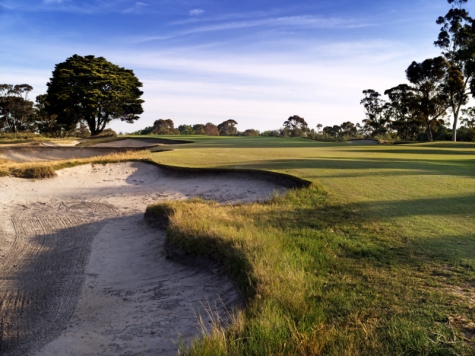

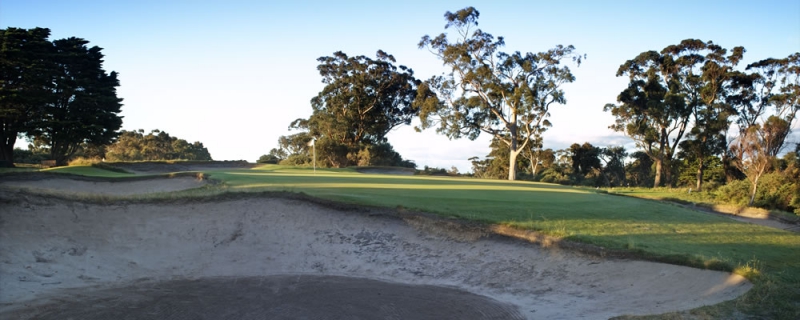
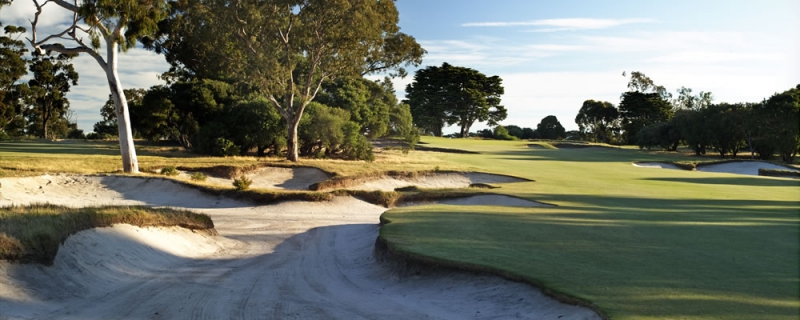
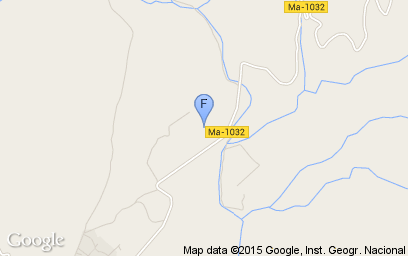
 Shops & Boutiques
Shops & Boutiques
